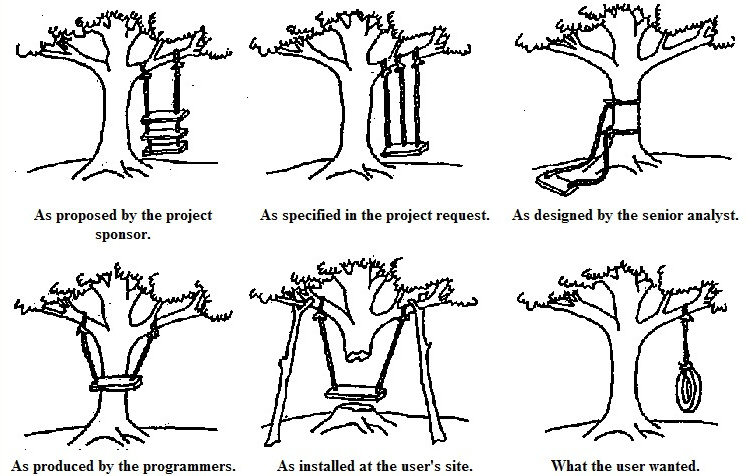Cost Analytics Helps Getting More From PLM Data
I-Cubed, a product lifecycle management (PLM) and data migration services company headquartered in Raleigh, NC, announced today the acquisition of Akoya, a provider of cost analytics and supply chain optimization software for an undisclosed sum (both companies are privately held).
Akoya, based in Chicago, provides patented product cost analytics software that helps manufacturers reduce product cost and optimize purchasing and inventory decisions. Akoya’s analytic software uses 3D CAD information coupled with extensive financial and purchasing data to estimate parts cost and identify cost-savings opportunities before the design is frozen.
The software helps manufacturers make smart design/cost tradeoff decisions, reduce product costs by identifying pricing inefficiencies in the suppliers’ network, improve accuracy of manufacturing quotes, and similar manufacturing and supply chain related decisions.
Most manufacturing companies undertake periodic cost optimization and supplier rationalization efforts. These business-critical activities tend to use manual processes using financial, quality and supplier information, typically involving multitude of spreadsheets and data sources. Although the analysts performing these tasks are very experienced, manufacturers find it increasingly difficult to apply the cost optimization process consistently throughout the elongated and fragmented supply chains of the global economy. Furthermore, as the experienced workforce is slowly retiring, manufacturing companies will have to rely on analytic and decision support tools to replace some of the diminishing expertise.
Akoya offers a good mix of packaged analytic tools, access to raw material information and historical cost data, and high level of manufacturing and supply chain expertise. The process of tapping into a manufacturing company product development process and supply chain planning is highly consultative, and requires deep understanding of CAD model data and the PLM/PDM tools that manage it, which is I-Cubed’s core expertise.
Through the acquisition, Akoya will get the necessary resources and experience to grow its business from the small initial base of a handful of customers that include Caterpillar, John Deere and American Axle. Akoya’s customers should expect to get an experienced resource-rich company that will not only scale as needed, but can also offer additional product management and software integration services.
The acquisition is a logical expansion of I-Cubed’s PLM-related service offerings. The company currently provides an array of services focusing on product data quality, especially for PLM software upgrades and migration, and the additional analytic capabilities from Akoya will give existing and new customers a richer set of product data related services.

